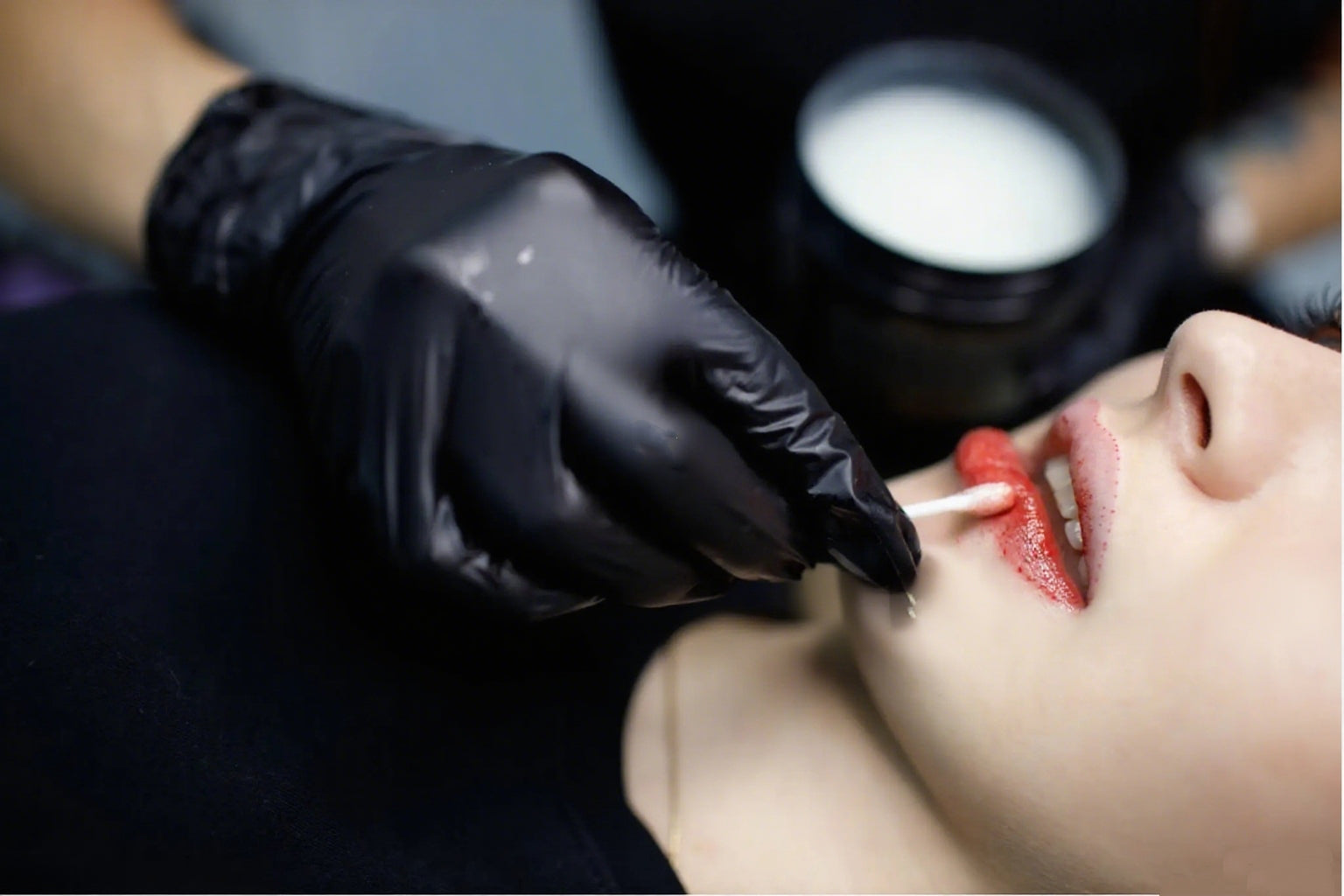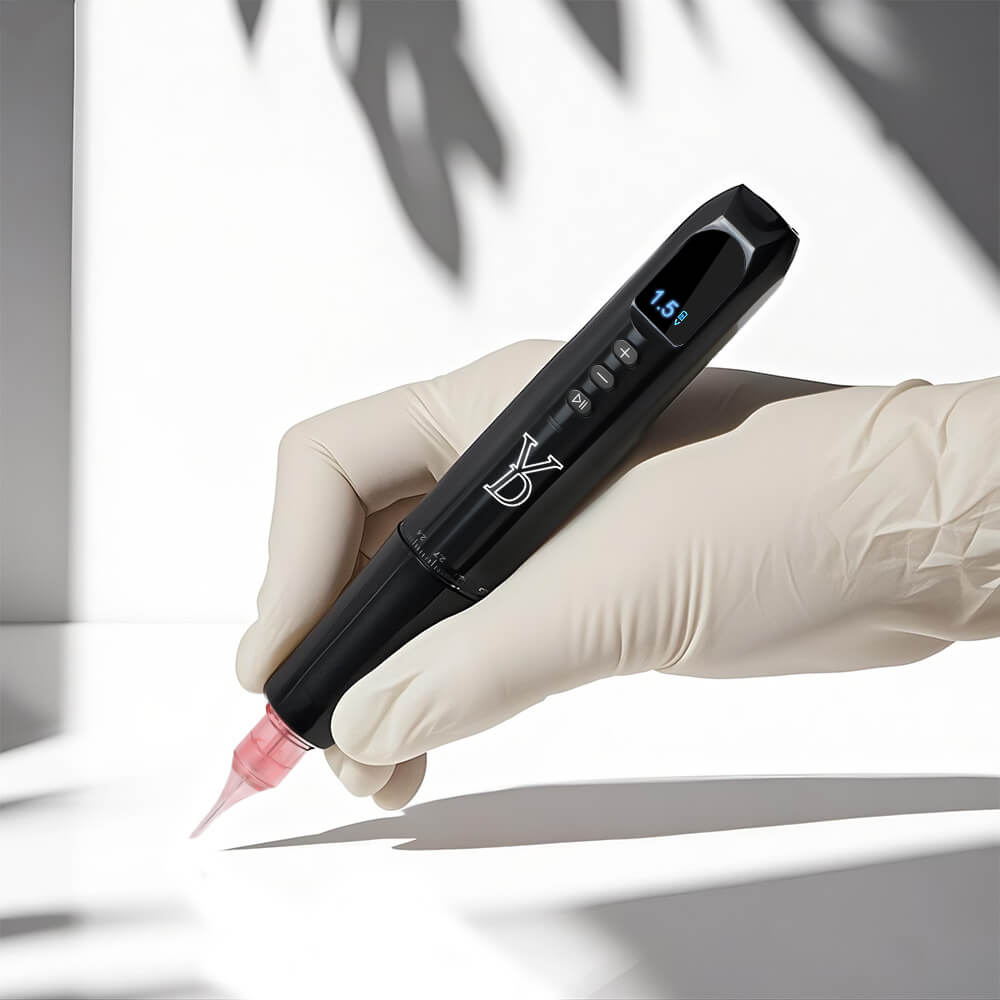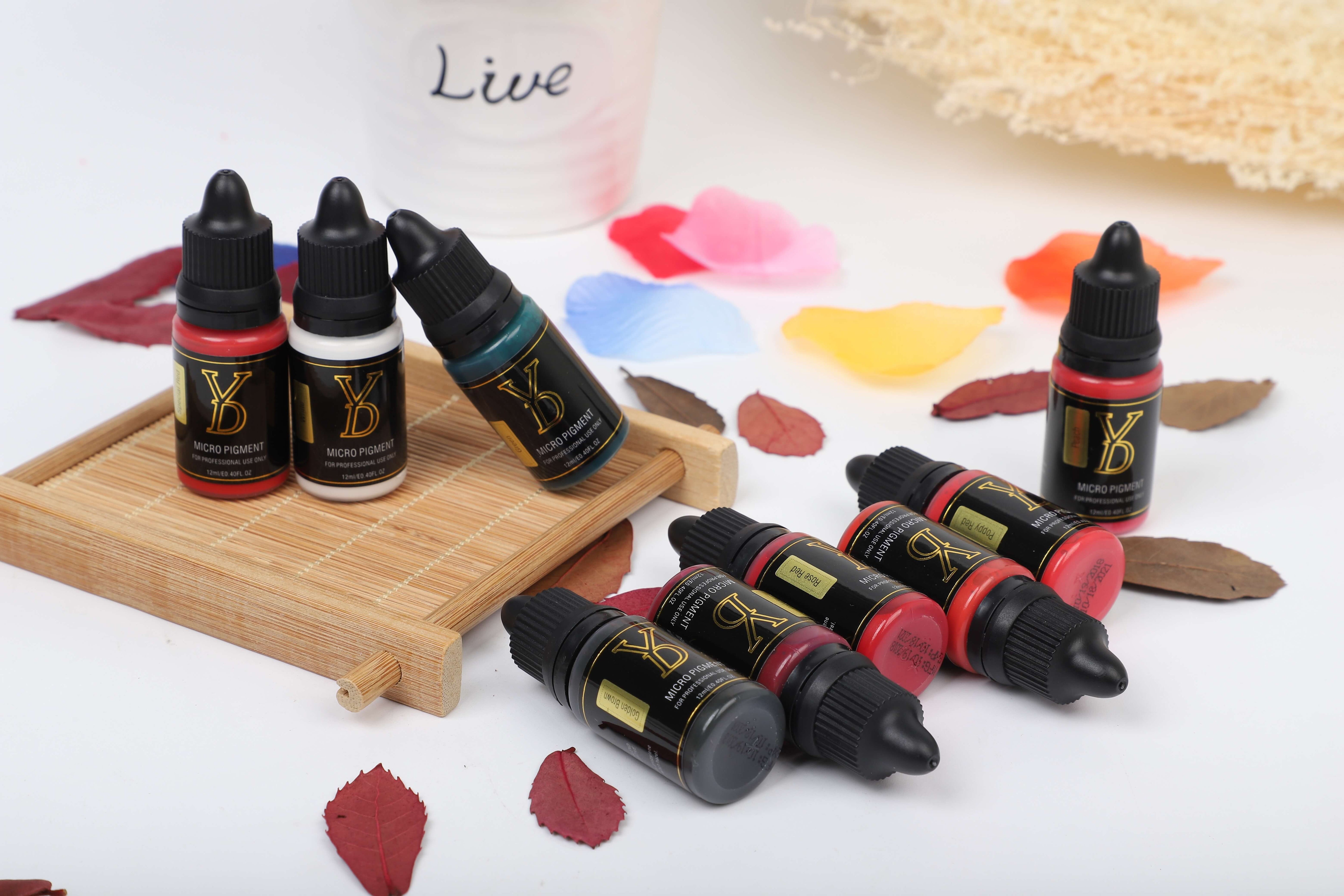How to Choose the Right Permanent Makeup Machine

Permanent makeup is a fast-evolving industry where having the right tools is essential for building a successful practice. Whether you’re setting up your first Permanent makeup studio or looking to enhance your existing toolkit, selecting the ideal Permanent makeup machine is one of the most impactful choices you’ll face. With countless options available—how can you be sure which machine truly fits your technique and client needs?
In this guide, we’ll break down everything you need to consider when choosing a Permanent makeup machine. You’ll find clear explanations of technical features, helpful comparison charts, answers to frequently asked questions, and professional tips to guide your decision.

Your Permanent makeup device is the core of your craft. It directly influences your results, your clients’ comfort, and your confidence during procedures. The right system enables you to:
- Achieve predictable, even outcomes
- Minimize discomfort and skin stress
- Promote better color retention
- Refine precision in your technique
- Build trust and encourage repeat business
Choosing equipment that aligns with your expertise is an investment in your growth and professional image.
Essential Considerations When Selecting a Permanent Makeup Machine
| Specifications | Significance |
|---|---|
| Stroke Length | Impacts color deposition, skin response, and application for brows, lips, eyeliner, and SMP. |
| Needle Compatibility | Provides universal cartridge support for enhanced needle configuration versatility. |
| Weight & Ergonomics | Enhances comfort during extended procedures and improves accuracy for intricate detailing. |
| Power Source | Wired or wireless; wireless enables greater mobility, while wired ensures consistent performance. |
| Voltage Range | Determines speed and power; crucial for adapting to various methods and complexions. |
| Noise & Vibration | Reduced operational sound and minimal handpiece vibration contribute to a more relaxed client experience and greater practitioner stability. |
Key Machine Specifications to Understand
- Stroke Length
- Short Stroke (1.8–2.5mm): Perfect for subtle shading, sensitive skin areas, and gradual color building.
- Medium Stroke (3.0–3.5mm): Adaptable across brow, lip, and eyeliner applications; works well with a variety of skin textures.
- Long Stroke (4.0mm+): Delivers higher intensity for scalp micropigmentation (SMP) and resilient skin, though may increase tissue response. - Voltage Range
- Lower Voltage (4–7V): Gentle operation with slower motion, excellent for soft shading and detailed correction.
- Higher Voltage (7–12V): Delivers stronger output and quicker needle action, optimized for crisp lines and saturated color implantation. - Needle Compatibility
- Universal Cartridges: The majority of contemporary devices support universal cartridges, allowing broad needle selection.
- Proprietary Cartridges: Certain systems operate exclusively with brand-matched cartridges. - Wireless vs. Wired
- Wireless: Enables unrestricted movement, cleaner workspace, and easy transport.
- Wired: Ensures steady performance without power interruptions, typically lighter in handpiece design.
Wireless vs. Wired: Which Should You Choose?
Wireless Machines
Key Benefits:
- Unrestricted movement during procedures
- Eliminates cord interference and clutter
- Contemporary, streamlined design
- Ideal for on-the-go technicians
Points to Note:
- Average battery life ranges from 4 to 8 hours per charge
- Often slightly heavier due to internal battery
- Higher initial investment
Ideal For:
Technicians who prioritize mobility, work frequently outside the studio, or prefer a minimalist setup.
Wired Machines
Key Benefits:
- Unlimited runtime without interruption
- Lighter handpiece due to absence of battery
- Typically more budget-friendly
Points to Note:
- Requires careful cable management during use
- Less convenient for mobile services
Ideal For:
Professionals working primarily in a fixed studio environment who value consistent performance and simplicity.
YDPMU Machines
| Picture | Brand/Model | Stroke Length | Power Source | Weight | Needle Compatibility | Best For | Ready to Buy |
|---|---|---|---|---|---|---|---|

|
YDPMU Demo | 3.5 mm | Wireless | 98.5g | Universal | All Permanent Makeup, SMP | Know More |

|
YDPMU BLINK Mix | 3.0 mm | Wireless | 95.3g | Universal | Brows, Lips, Eyeliner | Know More |

|
YDPMU Blink Pro | 2.3-2.7 mm | Wireless | 149g | Universal | Brows, Lips, Eyeliner | Know More |

|
YDPMU Avanced Bluetooth | 2.0 mm | Wireless | 150g | Universal | Brows, Eyeliner | Know More |

|
YDPMU Finesse X24 | 3.5 mm | Wired | 100g | Universal | All Permanent Makeup, SMP | Know More |

|
YDPMU Blink 3.0 | 3.0 mm | Wired | 60g | Universal | Brows, Lips, Eyeliner | Know More |

|
YDPMU Blink 1.0 Pro | 2.3-2.7 mm | Wired | 90g | Universal | Brows, Lips, Eyeliner | Know More |

|
YDPMU Stroka | 2.0 mm | Wired | 55g | Universal | Brows, Eyeliner | Know More |

|
YDPMU Blink 1.0 X24 | 2.3-2.7 mm | Wired | 90g | Universal | Brows, Lips, Eyeliner | Know More |

|
YDPMU Blink 1.0 Plus Magic | 2.3-2.7 mm | Wired | 90g | Universal | Brows, Lips, Eyeliner | Know More |

